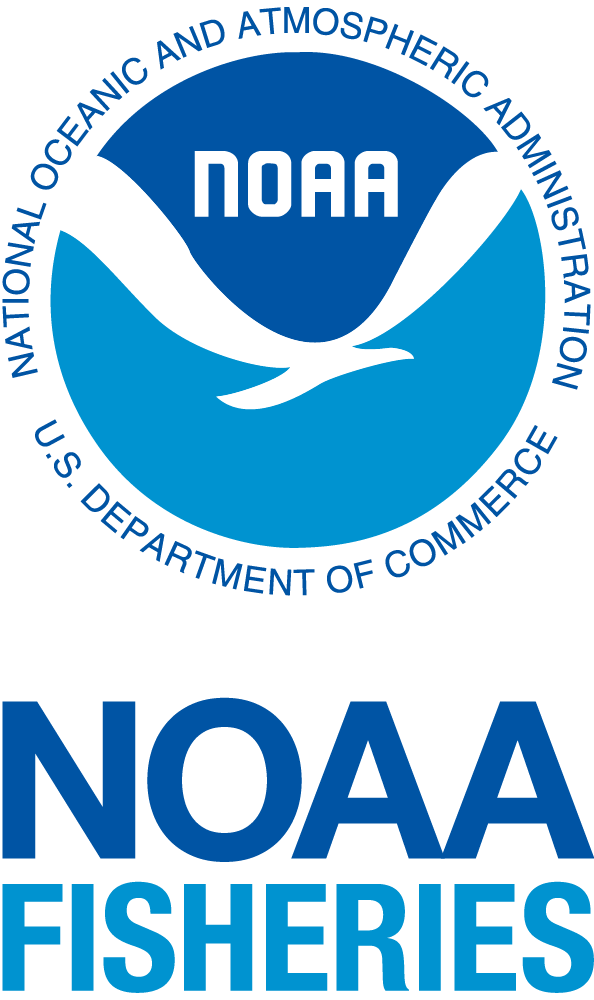fisheries impacts of rigs-to-reefs
Photo credit: Center for Sportfish Science & Conservation
Dr. Ajemian's post-doctoral work included assessing how certain economically important reef fish species (e.g., Red Snapper) fared on artificial habitats generated by Rigs-to-Reefs practices, namely decomissioned oil and gas platforms. These reefing methods are becoming quite widespread yet the quality of these habitats has been poorly researched. Ajemian took an integrative and comparative approach by examining a multitude of biological parameters for reef fish on rigs-to-reefs habitats as well as upright oil and gas platforms, and natural coralgal banks of the western Gulf of Mexico. Some of the aspects of reef fish biology and ecology we measured included:
- Abundance and distribution
- Age, growth, and condition
- Trophic ecology (gut contents and stable isotopes)
- Reproductive capacity
- Habitat preferences and movement
Multiple manuscripts from this work are currently being prepared and/or have been submitted. Check the publications page for updates.
Collaborators: Dr. Greg Stunz (TAMU-CC)
Funding: NOAA Marine Fisheries Initiative, Texas Parks and Wildlife Artificial Reef Program, Coastal Conservation Association.




